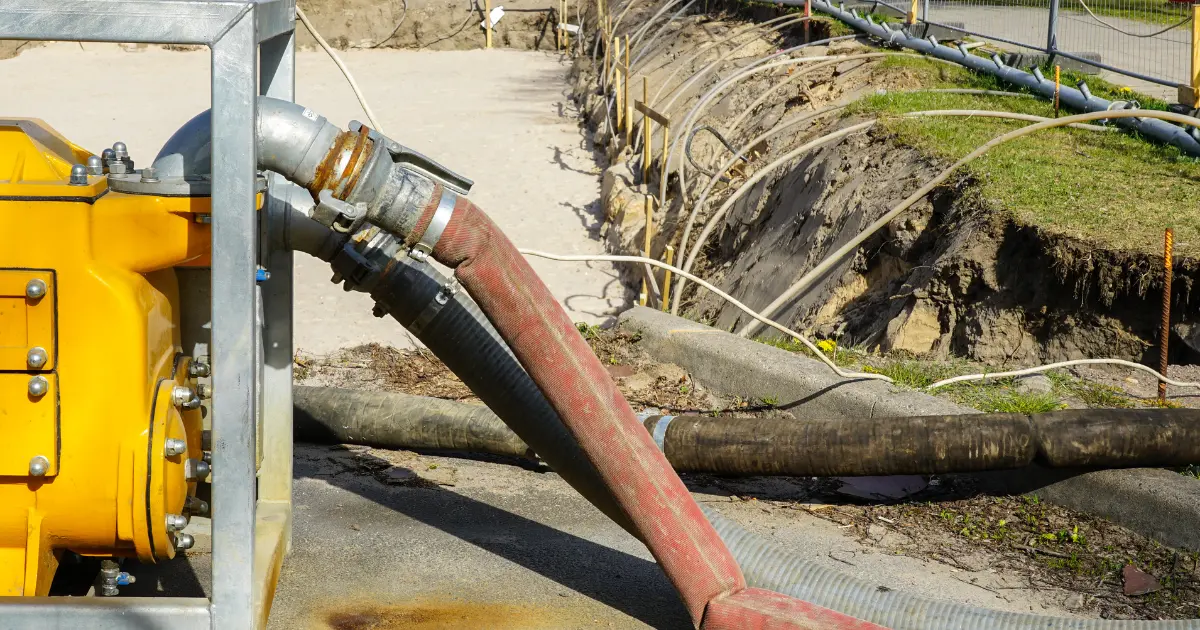Selecting the appropriate dewatering pump is essential for ensuring efficient water removal and successful project execution. Dewatering pumps are critical in a variety of applications, including construction sites, mining operations, and industrial processes. To make an informed decision, follow these key considerations:
1. Understand Your Project Requirements
Begin by assessing the specific needs of your project. The size and scope of the project will significantly influence your pump choice. For large-scale projects, such as extensive excavation or major construction, high-capacity pumps are often necessary to handle substantial volumes of water quickly. Conversely, smaller projects or those with less demanding water removal requirements may only need a compact, portable pump.
Consider the location and accessibility of the water source when choosing dewatering pumps. If the area is challenging to access, you may need a dewatering pump that is easy to transport and set up. Additionally, evaluate the duration of the dewatering task. Long-term projects, such as ongoing construction or seasonal water management, might benefit from dewatering pumps that are more robust and energy-efficient to reduce operational costs and downtime.
2. Analyze the Nature of the Water
The characteristics of the water being removed play a crucial role in pump selection. Determine whether the water contains debris, solids, or chemicals. For example, water with a high sediment load or large particles requires pumps equipped with larger intake screens or specialized impellers to prevent clogging and ensure reliable operation.
Calculate the volume and flow rate of the water to be handled. The pump’s capacity must match the required flow rate to avoid overloading and inefficiency. High-flow scenarios, such as those encountered during heavy rains or floods, require pumps with significant capacity, while low-flow applications may need less powerful pumps.
3. Types of Dewatering Pumps
There are several types of dewatering pumps, each suited to different applications:
Centrifugal Pumps: These are ideal for high-flow, low-pressure applications. They are widely used in construction and mining operations due to their ability to handle large volumes of water efficiently. Centrifugal pumps work well for clean or slightly contaminated water.
Submersible Pumps: Designed to operate underwater, these pumps are ideal for applications where the water source is submerged, such as deep wells or flooded areas. Submersible pumps are efficient and can handle both clean and dirty water, depending on the model.
Diaphragm Pumps: These pumps are effective for handling sludge or water with high solid content. They use a diaphragm to create a suction that draws in water, making them suitable for industrial applications where the water may contain larger particles.
Piston Pumps: These are designed for high-pressure, low-flow scenarios. Piston pumps are typically used in specialized industrial processes where precise control and high pressure are required.
4. Consider Pump Specifications
When choosing a pump, pay close attention to its specifications:
Pump Capacity: Ensure that the pump’s capacity meets or exceeds the required flow rate and head (the height to which the pump can lift the water). An undersized pump may struggle to handle the load, leading to inefficiencies and potential failures.
Durability and Material: Select a pump made from materials that can withstand the water’s composition. For instance, pumps exposed to corrosive or chemical-laden water should be constructed from corrosion-resistant materials to extend their lifespan and maintain performance.
Power Source: Choose a pump powered by a source that is readily available and convenient for your site. Options include electricity, diesel engines, or hydraulic power. Each power source has its benefits and limitations, so select one that aligns with your project’s needs and infrastructure.
5. Evaluate Cost and Maintenance
Consider both the initial investment and the long-term operational costs:
Initial Investment: Compare the costs of different pump models and brands. While it might be tempting to choose a less expensive option, consider the long-term benefits and durability of the pump. A higher upfront cost can sometimes be justified by increased reliability and efficiency.
Operational Costs: Evaluate the energy consumption of the pump and its fuel efficiency. Lower operational costs can result in significant savings over time, especially for long-term projects.
Maintenance Requirements: Choose a pump with low maintenance needs and readily available spare parts. Pumps that require frequent repairs or have limited support can lead to increased downtime and higher maintenance costs. A pump with a good warranty and support network is often a wise investment.
6. Safety and Environmental Considerations
Lastly, consider the safety features and environmental impact of the pump:
Safety Features: Ensure that the pump includes essential safety features such as automatic shut-off, overload protection, and emergency stop functions. These features help prevent accidents and equipment damage.
Environmental Impact: Opt for pumps with low emissions and noise levels, particularly if the project is located in residential or environmentally sensitive areas. Minimizing the environmental footprint aligns with regulatory requirements and community expectations.
In conclusion, selecting the right dewatering pump involves a thorough evaluation of project requirements, water characteristics, pump types, specifications, costs, and safety considerations. By carefully assessing these factors, you can choose a pump that enhances efficiency, reduces operational costs, and ensures successful project outcomes. Contact DAE Pumps for more information about Industrial Pumps.









